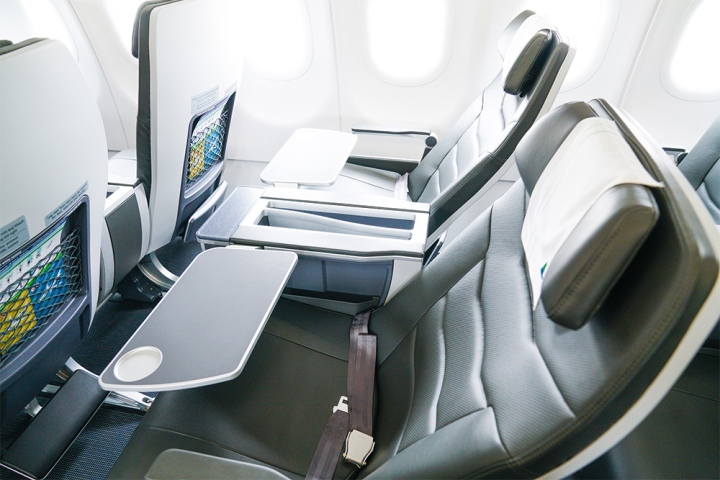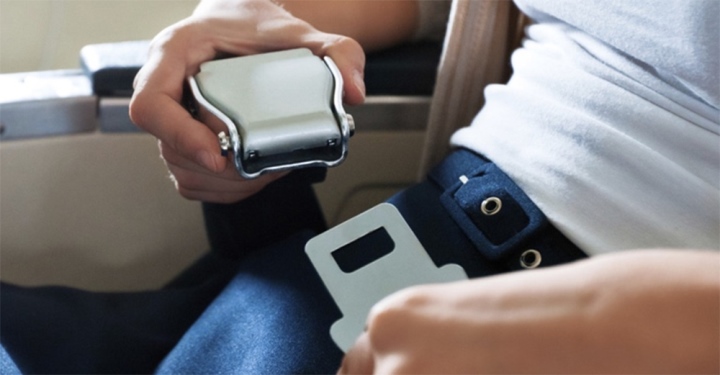Although airplanes are the most modern and safest means of transportation today, there are still limitations regarding hygiene issues. Some areas on the airplane have a significant amount of bacteria, both due to passengers’ awareness and the airline’s cleaning process not being optimized.
Airplanes are confined spaces but are also very crowded, and the air is not as ventilated as outside, making it an ideal environment for bacteria to thrive. A biology research group from the US visited five airports in the country, collected 26 bacteria samples there, and conducted tests on four flights from two major airlines (names withheld) to find the areas with the highest amount of bacteria on airplanes, which are:
Folding trays (meal tables)
Being positioned right in front of the passengers and used for food, folding trays contain 2,155 bacteria per square centimeter. It is dangerous as the bacteria from the trays can directly enter the passengers’ bodies through the digestive system. To minimize this risk, it is advisable to avoid having food come into contact with the tray surface. Bring a wet cloth with you from home or get one at the airport to wipe the folding tray as soon as you reach your seat or at least before placing your meal tray on it.

Where are the most bacteria on an airplane? Folding trays are among them.
In addition, passengers should carry disinfectant solution and hand sanitizer and use them regularly, especially after using the restroom.
Air conditioning system
The air conditioning control buttons and air vents above the passengers’ heads are also among the areas with the highest amount of bacteria on an airplane. Many people think that this position is relatively clean because it is constantly exposed to airflow. However, tests on samples taken from the airplane’s air conditioning system revealed up to 1,838 bacteria per square centimeter.
Fortunately, passengers rarely adjust these buttons. If you do, make sure to wash your hands thoroughly, especially before meals.
Seatbelt buckles
Seatbelt buckles are another item on the list of the most bacteria-laden areas on an airplane, although very few people would think so. On average, a seatbelt buckle contains 1,483 bacteria per square centimeter. Epidemiologists advise you to wash your hands after touching the seatbelt buckle or before having a meal on the airplane, even if you don’t touch the seatbelt buckle for too long.

Seatbelt buckles are among the areas with the most bacteria on an airplane.
Restroom doorknobs
While being less dirty than folding trays, air conditioning buttons, and seatbelt buckles, restroom doorknobs still rank among the areas with the most bacteria on an airplane. Experiments have shown that there are 451 bacteria per square centimeter on restroom doorknobs. It is a place you cannot avoid touching after using the restroom and washing your hands, so after leaving the airplane restroom, you still need to clean your hands again with hand sanitizer or wet wipes with antibacterial properties.
In addition to the above-mentioned unhygienic areas on airplanes, the US research group also advised against using another extremely dirty spot at airports, which is the water dispenser button. Virtually all airports have free water faucets for passengers to drink when thirsty, and the water dispenser button contains up to 7,999 bacteria per square centimeter.
So should you not drink water from airport faucets? You can still drink, but remember to wash your hands after using the water dispenser button.
According to VTC.vn





























